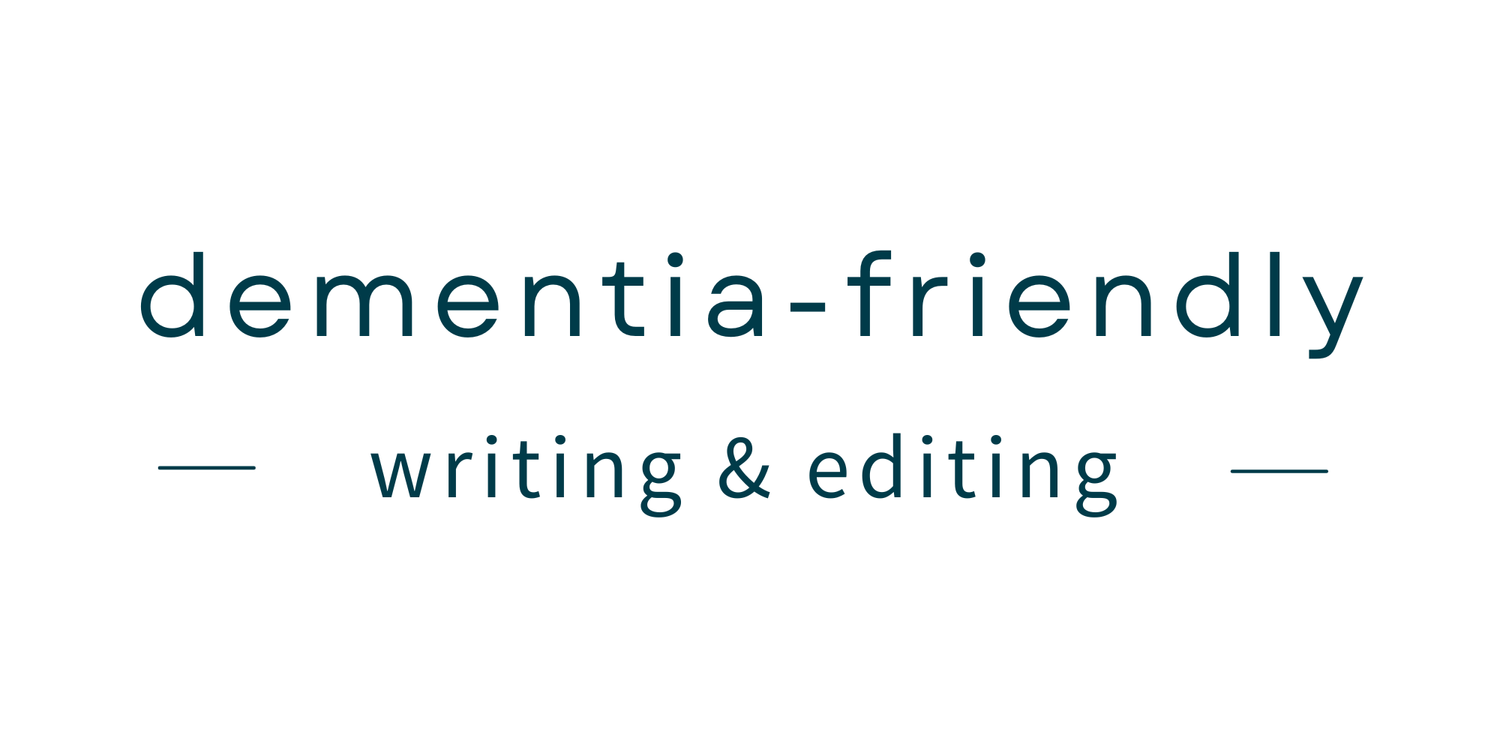Using active-voice sentences
Learn how using the active voice in your writing can improve accessibility for people living with dementia. Discover tips for clearer, more concise, and engaging communication.
Why left-aligned text matters in dementia-friendly writing
Discover why left-aligning text is crucial for cognitive accessibility and how it benefits your business. This guide explores how proper text alignment enhances readability for individuals with dementia and other cognitive impairments. Learn about the impact of different alignments, the advantages of left-aligned text, and how adopting this simple design practice can reach a larger audience, improve readability, and enhance your brand’s commitment to accessibility.
Should you use images in dementia-friendly writing?
Should you use images and icons in dementia-friendly documents? Here are some of the things to consider.
Focused paragraphs
Paragraph length, layout and content. Here are some tips for writing focused paragraphs.
Vertical lists
Present information clearly by using a vertical list. Here are some examples.
Short sentences
People living with dementia can find long sentences with complex structures particularly challenging to follow.
Does your business need dementia-friendly writing?
Whether you work in the private, public or third sectors, there will be occasions when you should be providing dementia-friendly information to your customers, users or colleagues.
Dementia-friendly writing: why do we need it?
It’s more important than ever for written information to be clear and accessible to everyone who needs to use it. But we don’t always consider people living with conditions that affect cognitive function, such as dementia.
What is Dementia?
Over 900,000 people in the UK live with some form of dementia. Behind the statistics are our colleagues, our customers, our stakeholders. Despite that, it’s an area that’s often missed out from accessibility guidelines.
Tips from instagram @dementiafriendlywriting















